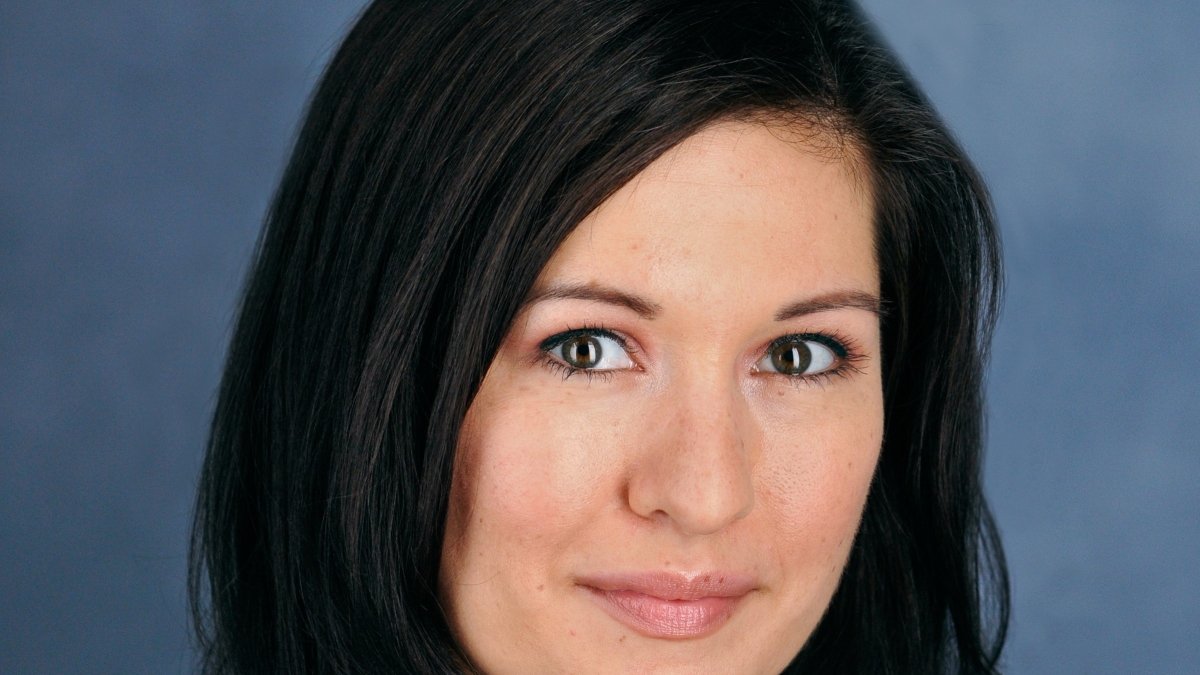Kansas public administration professor to lead ASU's School of Public Affairs

Professor Shannon Portillo begins work as director of ASU's School of Public Affairs on Oct. 1. Photo courtesy of Shannon Portillo
A Kansas public administration professor known for her interdisciplinary approach will be the new director of Arizona State University’s School of Public Affairs, announced Watts College of Public Service and Community Solutions Dean Cynthia Lietz on Monday.
Since 2020, Shannon Portillo has been associate dean of academic affairs for the University of Kansas Edwards Campus and its School of Professional Studies, and a professor in the university’s School of Public Affairs and Administration. From 2018 to 2019, she served as assistant vice chancellor for undergraduate programs at KU.
Starting Oct. 1, Portillo will lead the School of Public Affairs, which in March 2022 earned seven of ASU’s 12 top 10 U.S. News & World Report rankings, including a No. 1 spot for the school’s emergency management and homeland security curriculum.
“We are fortunate and honored to have Dr. Portillo lead our widely respected and consistently recognized School of Public Affairs,” Lietz said. “Her commitment to interdisciplinary methods and her deep appreciation for the ASU Charter’s dedication to inclusion give me every confidence that she and our highly accomplished faculty will build on the school’s existing achievements and will find new solutions to community concerns at all levels.”
Portillo said she was attracted to ASU because of the high esteem in which the School of Public Affairs is held throughout the field.
“There are a number of faculty who are doing interesting work in local government and technology, moving our discipline forward,” Portillo said. “One thing that stood out to me is that ASU is an institution that’s really living its charter, choosing to be judged not by whom you’re excluding, but by whom you’re including. I’m excited to be joining an institution that really values community engagement.”
Portillo said she views her new role as School of Public Affairs director as a platform for telling the school’s stories of consistent and broad-based success within the discipline of public affairs and within communities.
The school's location within the Watts College also attracted Portillo to ASU, where strong public affairs, social work, community resources and development, and criminology and criminal justice schools are concentrated in one place — a grouping not commonly found at most other universities.
“Being able to work in a college of public service that has the kind of breadth Watts College has is very exciting,” Portillo said.
From a scholarship perspective, Portillo’s research centers on how public managers and employees navigate rules and policies in organizational structures. She also explores how racism and sexism impact organizations and workers’ experiences, both historically and currently. Her experience spans a wide variety of organizations including the military, courts, policing, higher education and city management.
Portillo’s work has appeared in the Journal of Public Administration Research and Theory, Law & Policy, Public Administration Review, Administration & Society, Law & Social Inquiry and The Huffington Post, among other academic and popular outlets.
She has served as co-chair of Kansas Gov. Laura Kelly’s Commission on Racial Equity and Justice and chair of the Douglas County Board of County Commissioners.
Portillo will succeed School of Public Affairs Director and Foundation Professor of Public Policy and Management Donald Siegel, who recently was appointed co-director of ASU’s new Global Center for Technology Transfer.
“We are delighted that Professor Shannon Portillo has agreed to serve as director of the School of Public Affairs, which is ranked No. 12 in the U.S., tied with Princeton University, New York University and Carnegie Mellon University,” Siegel said. “She is a gifted, experienced administrator and a key thought leader in the field of public management.”
(The School of Public Affairs is ranked 12th out of 283 universities in the U.S. and No. 4 in the U.S. in public management.)
Siegel said Portillo’s research on criminal justice, social equity issues and community engagement also make her an excellent fit for a leadership position in the Watts College.
“Given her boundary-spanning administrative and research skills, she is destined to lead our school to even greater heights,” Siegel said.
Portillo earned her PhD in public administration at the University of Kansas with a specialization in public law and a cognate field of gender and ethnic studies. Her Bachelor of Arts degree in political science is also from KU.
Portillo said she already has family in Arizona, as her father-in-law and a cousin live here. Her parents, who at one time lived in Phoenix, plan to return soon.
“We’re going to come in as a great family group,” she said.
More Law, journalism and politics
Can elections results be counted quickly yet reliably?
Election results that are released as quickly as the public demands but are reliable enough to earn wide acceptance may not…
Spring break trip to Hawaiʻi provides insight into Indigenous law
A group of Arizona State University law students spent a week in Hawaiʻi for spring break. And while they did take in some of the…

LA journalists and officials gather to connect and salute fire coverage
Recognition of Los Angeles-area media coverage of the region’s January wildfires was the primary message as hundreds gathered at…

